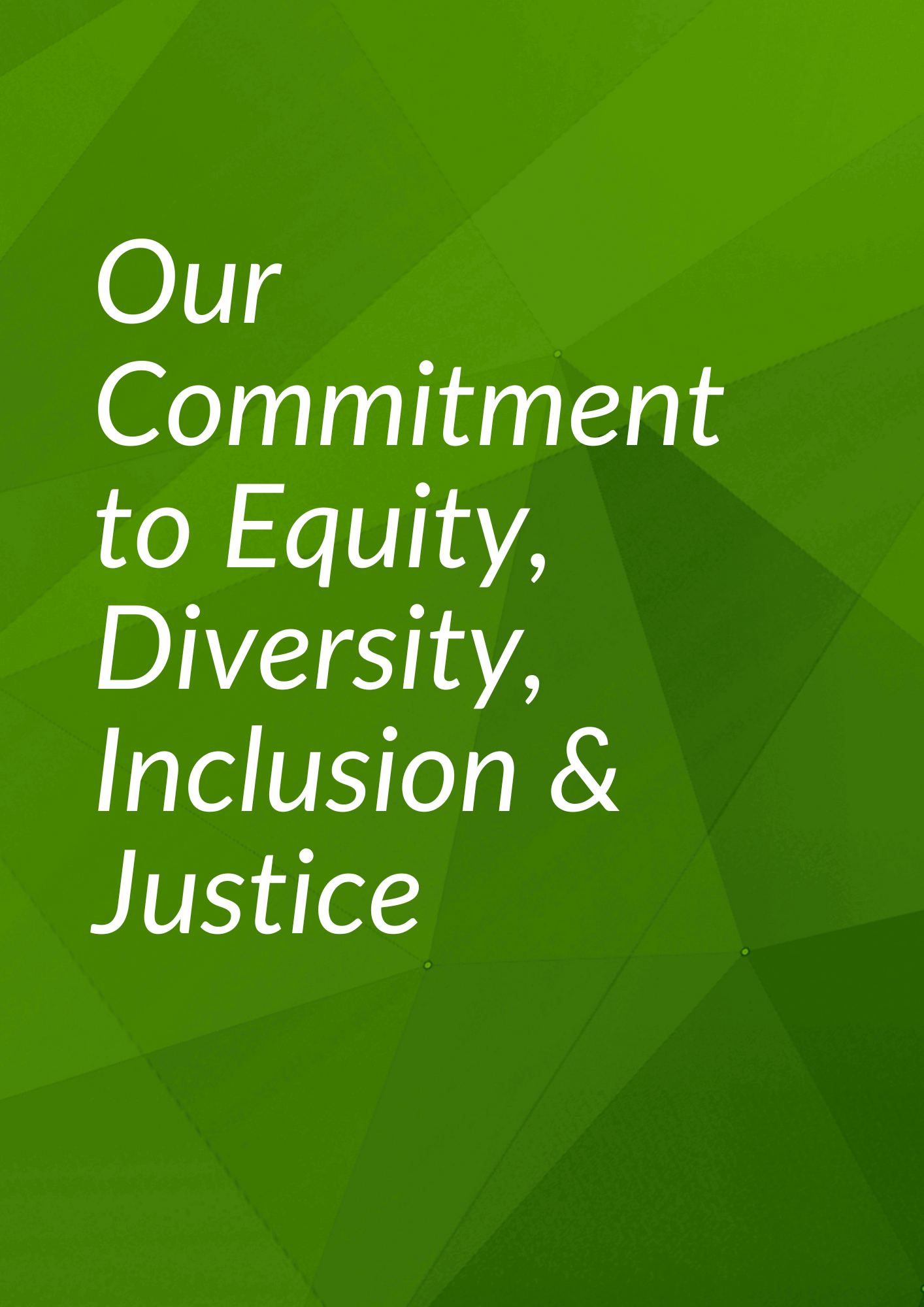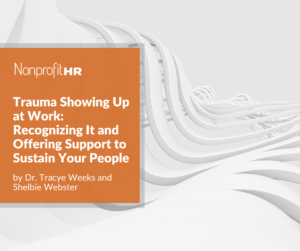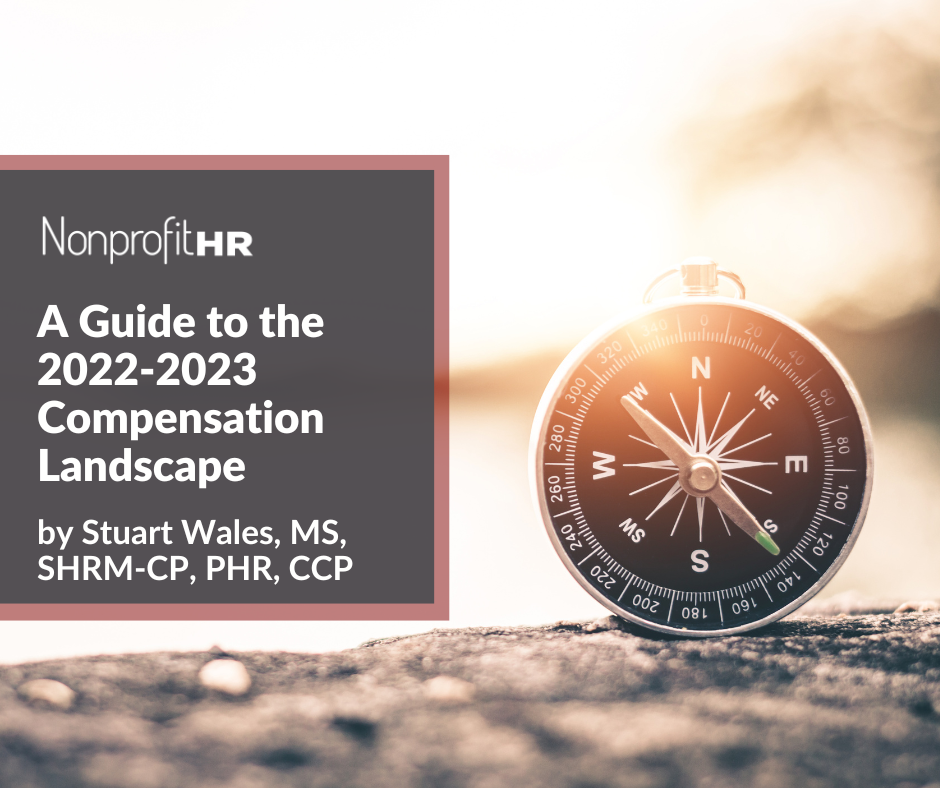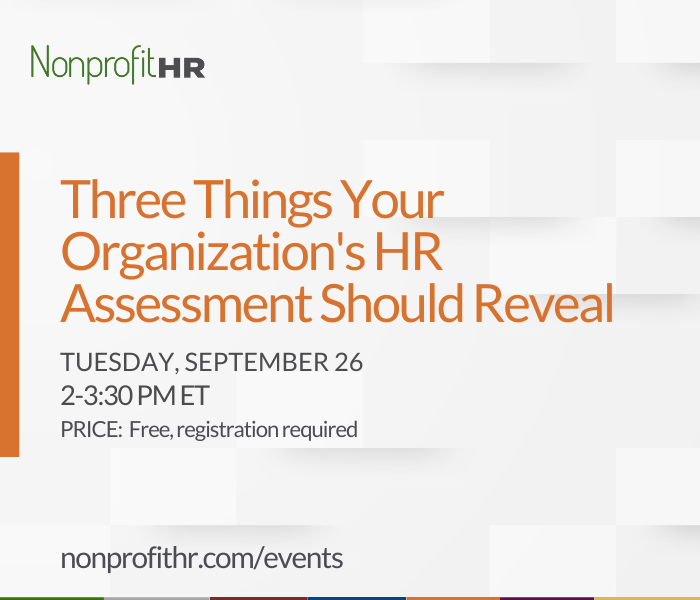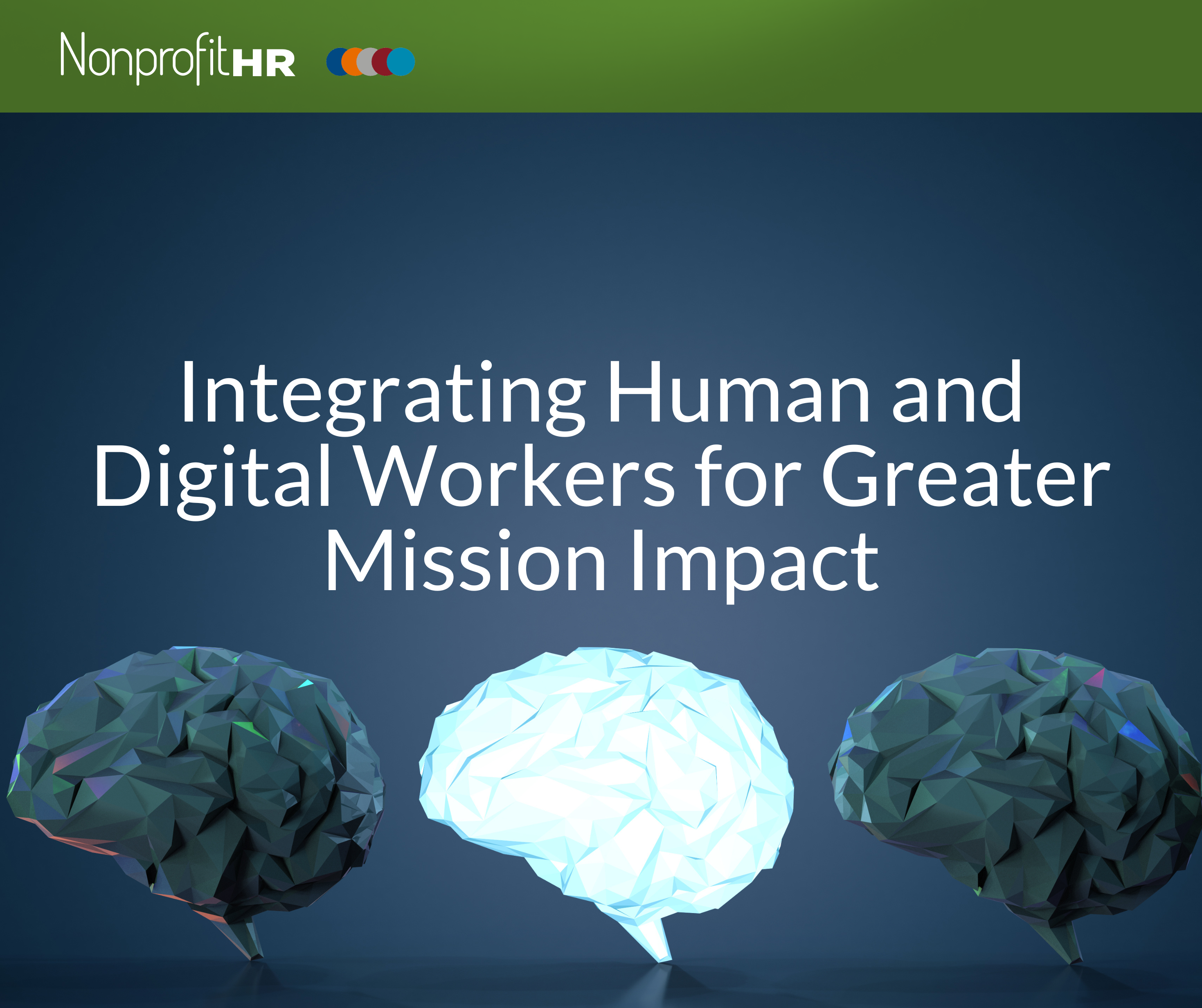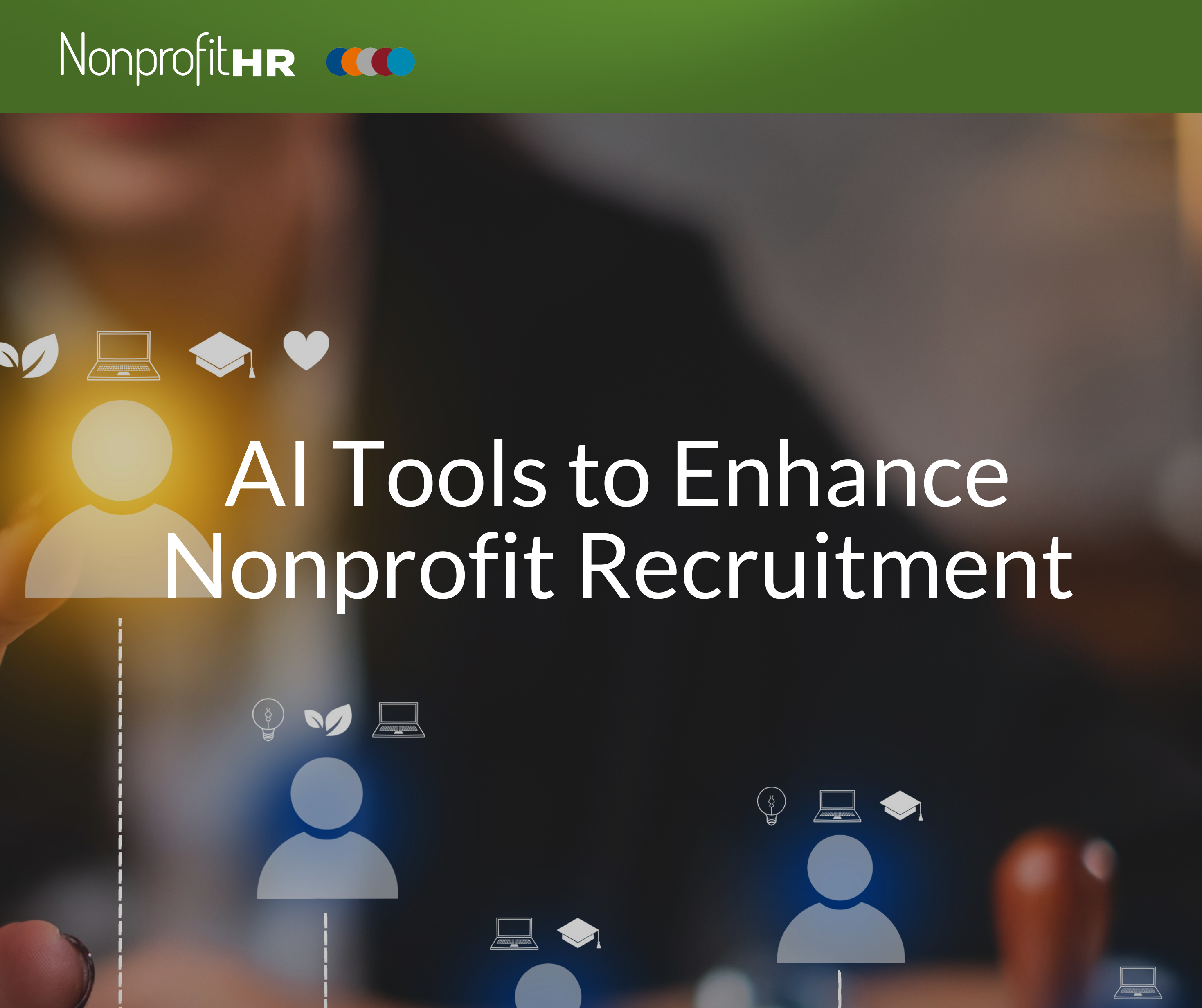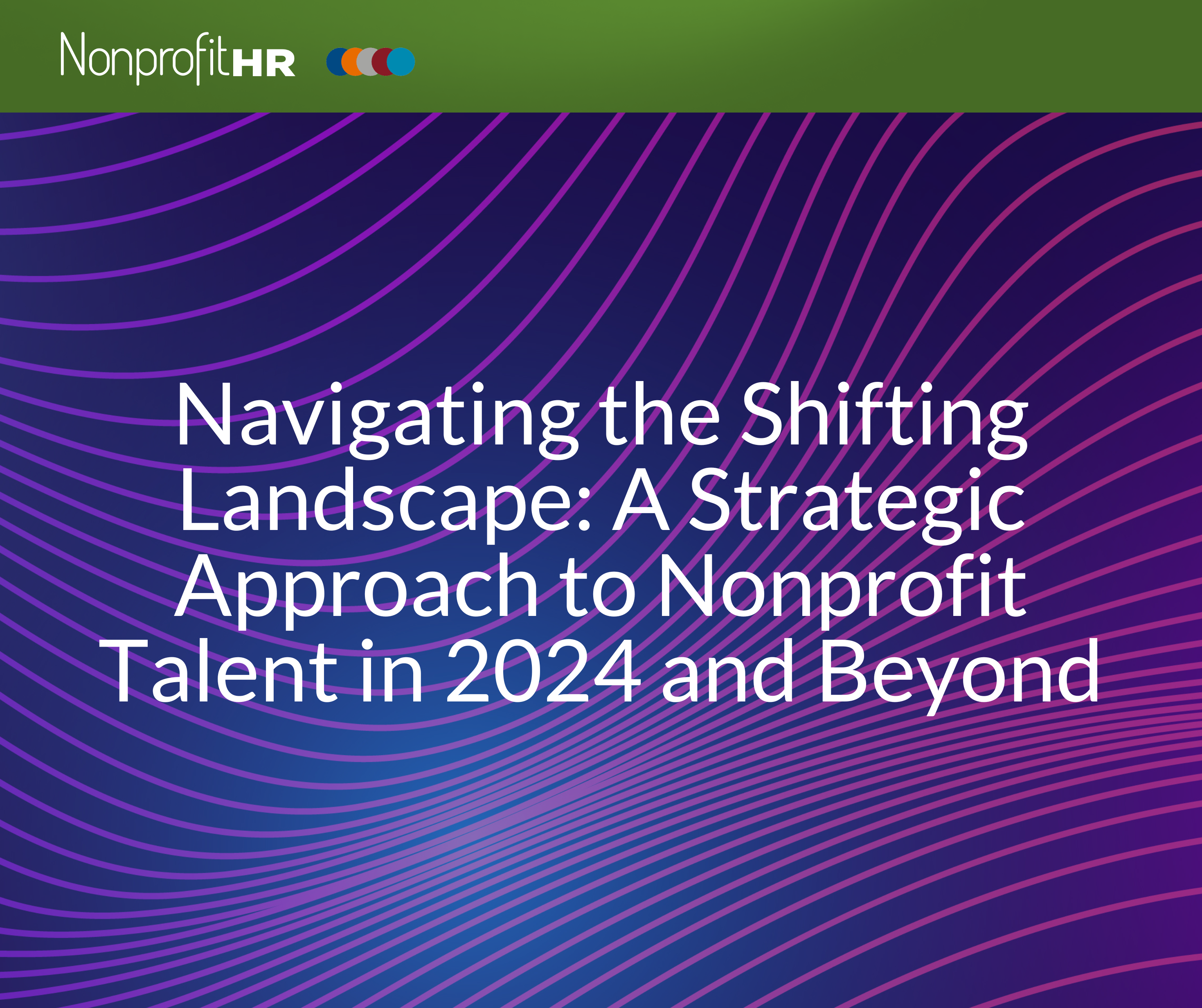WTOP: 5 ways nonprofits can…
How is your nonprofit utilizing data? If your nonprofit is among those interested in making actionable talent analytics a priority, where should you start?
Here are six high impact actions you can take to begin using data to drive better people practices today.
1. Identify which types of employees are a flight risk and use that data to inform future recruitment and retention practices
It’s no secret that turnover is expensive and unproductive. Some studies claim that losing a full-time employee can cost an organization as much as twice that person’s annual salary and there is no way to accurately measure the amount of institutional knowledge a departing team member takes with them.
You’re probably already collecting raw turnover numbers, but are you asking questions like these and tracking trends in the responses over time?
- Why did the employee leave?
- What was the employee’s tenure prior to departure?
- What level was the employee at when they departed?
- How recently was the departing employee promoted?
- How did the employee’s compensation change prior to their departure?
- What department was the departing employee in?
As you analyze the trends, pay particular attention to high performers. Consider following up with them in the months following their departure to learn more about why they chose to pursue a position elsewhere and how their new role compares to their experience at your organization. You may find that you get more honest, insightful answers after some time has passed.
Then, take what you’ve learned and apply it in your talent acquisition and retention processes––especially for roles that have a high turnover rate. Ask candidates questions during the interview process to zero in on why they left past jobs, what’s likely to cause them to become disengaged and whether you can actually accommodate their preferred working style. Also know what workplace factors are contributing to you being able to retain high performers. Know what is important to them and continue to provide it wherever possible.
Aim to learn whether a candidate closely matches the profile of others who have left your organization in the past. Even if a potential hire seems to be a fit based on their experience and cultural alignment, it’s not worth making an offer to someone who could be a flight risk.
2. Assess the impact of a particular hire in relation to their compensation and structure budgets accordingly
Talent is likely one of the bigger expenses in your organization’s operating budget. In order to be effective with those dollars, you must ensure each employee’s compensation is equitable, appropriately aligned with their role and the impact they’ll have on your organization’s mission.
If you’re interested in improving the alignment between compensation and impact, your next new hire is the perfect place to begin, and analyzing data on past employees should be your first step. Before you start recruiting for an open position, assess the impact of those who held the same role in the past. How did their output contribute to your organization’s fundraising dollars, grant applications, the number of people you were able to serve, or other measurable factors that determine success? Did their compensation match their impact? If not, think about establishing a new compensation package for the position, or source candidates with different skill sets to maximize that role’s impact.
Once you feel you’re setting starting salaries for new employees that are well-aligned with each role’s intended impact, you can turn your attention to existing employees by developing a performance management strategy that ties compensation more directly to outcomes. That process also relies heavily on data and measurement and requires notable differentiation in how high performers are compensated when compared with those who are average performers.
3. Plot career trajectory timelines in advance of the interview process and set realistic expectations
Take a look at data on your organization’s promotion rate for different types of positions. Do top performing employees tend to move upward through your organization? Or are opportunities for advancement more limited? Then, leverage what you find to inform your hiring process moving forward.
Every time you begin recruiting for a new position, work to establish the career trajectory someone starting in that role could expect. If your organization is small and the trajectory is limited, be candid with applicants and be intentional about offering career-enriching opportunities even if they don’t involve promotions or upward mobility.
It’s critically important during the interview process to learn more about each candidate’s career goals and ideal professional path over the next several years. What kinds of experiences and opportunities do they want and expect from their new role? Are they hoping to progress to the “next step” in their career quickly, and if so, is your organization well-suited to accommodate their vision? Let candidates know upfront how they’re most likely to grow with your organization to avoid unnecessary turnover later on due to unmet expectations. While many employees crave constant opportunities for advancement, don’t limit yourself to thinking that promotions are the only way to keep top performers engaged. Lateral moves are also appealing to many ambitious employees as long as those moves present an opportunity to gain new skills and experiences.
4. Determine and achieve the appropriate balance of full-time and contingent staff
Does your organization have fluctuating talent needs throughout the year? If so, contingent talent could be a smart solution.
As much as 40 percent of the country’s workforce is made up of freelancers and other forms of contingent employees, and this number is on track to hit 50 percent within the next few years. This growing subset of talent is perfect for nonprofit organizations with dynamic workloads and staffing demands, but finding the right balance of full-time and contingent talent can be difficult. Fortunately, data can help.
Consider conducting surveys and using time tracking tools like Harvest or Toggl to identify departments or teams carrying a workload that exceeds the capacity of their staff. If a misalignment between workload and capacity seems to be a permanent problem, that may indicate it’s time to make a full-time hire. But if busy times are followed by times of relative calm where the team can manage just fine with their current staff, contingent talent is likely to be a more cost-effective option.
5. Identify diversity roadblocks and work to address them
Are you making progress on your diversity, equity and inclusion goals? If not, assess metrics like changes in engagement, representation among leadership of underrepresented groups, retention of diverse staff, pay disparities across groups and the diversity of sources in your talent pipeline. Data patterns in any of these areas can tell you a lot about the causes of your diversity challenges.
Once you identify problems, your HR team can work to address them by making necessary changes to its recruitment, compensation and retention strategies. Remember, diversity is about more than just checking a box. To truly recognize the benefits that come from building a diverse organization, you should ensure diversity of every kind––race, gender, age, sexual orientation, experience, thought, work background and more––is woven into the fabric of your organization’s culture.
6. Assess employee advancement opportunities and improve your ability to promote from within
Research from Boston College indicates that only 26 percent of Millennials believe job-hopping is the best way to succeed in their careers, yet the desire for advancement is one of the top reasons why employees in this generation leave jobs. Clearly, many organizations have not yet figured out how to provide opportunities for the largest generation in the workforce to develop their skills and advance in their careers.
Take another look at career trajectory data and this time, assess time to promotion. Are employees advancing within your organization or are they progressing in their careers by taking their talents elsewhere? If team members are leaving before advancement opportunities arise, again, take a look at why. Remember, it’s often more economical to promote from within than to make an outside hire, and most hard skills can be taught.
If employees are interested in higher level roles but simply aren’t ready for them as quickly as they’d like to be, consider implementing a learning and development program for junior staff. Then, look at performance data for employees who express interest in a promotion both before and after they engage in learning and development activities. Are those activities really expediting an employee’s development? If not, continue looking for more opportunities to improve.
Over time, as you pay closer attention to growth and development across current employees, you’ll be able to clearly identify which qualities indicate a fit for an internal promotion into a particular role. From there, you can develop an employee competencies template that includes hard and soft skills, cultural fit, and more. These templates can then be used to help you decide whether to hire internally or externally for a particular role.
Don’t let your data sit on a shelf. Keep these ideas in mind, and start assessing how you can take action based on your talent analytics today.






